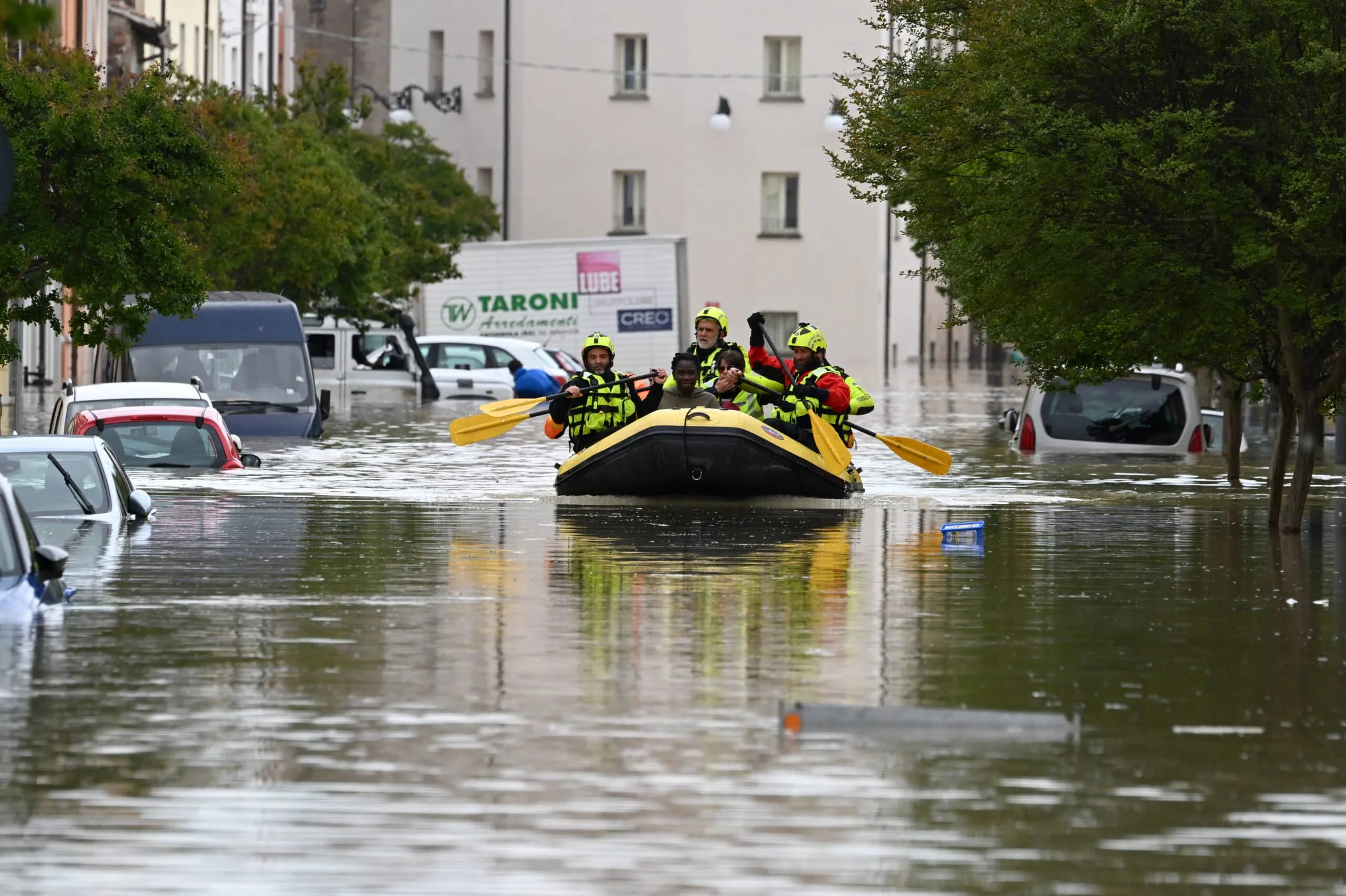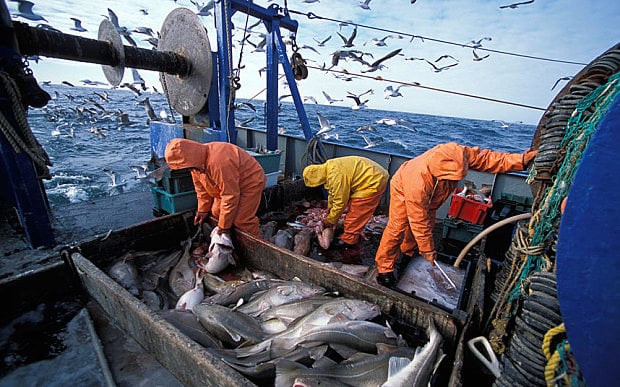Brussels – The world of finance is also looking at climate change with concern. “Environmental crises and biodiversity loss – previously overlooked by the financial sector – are emerging as sources of risk for systemic financial instability, with potential impact on the real economy,” according to the latest study from the European Central Bank (ECB) and the European Systemic Risk Board (ESRB).
According to ESRB experts, climate-related financial risks are essentially of two types: those arising from the physical impacts of climate change, such as extreme weather events, and those related to the transition to a low-carbon economy. The latter refers to allocating funds for economic initiatives that are destined to become obsolete due to changing consumer sensitivities, the introduction of new green technologies, or changes in legislation: physical assets such as a coal mine, which could be abandoned or forced to close, resulting in financial losses on investments made. The ECB-ESRB report estimates that about 11 percent of European investors’ portfolios are exposed to climate transition risks.

However, the most direct financial risk is that brought about by the increased frequency and severity of natural disasters. The study highlights the significant impact of floods on the probability of loan default: businesses exposed to flood events are up to 30 percent more likely to default on loans in the two years following the disaster. A figure mainly due to the destruction of physical assets and disruption of business operations. A danger that is already known because, as the study shows, “the risk of flooding is already factored into new loans, resulting in higher capital costs for European SMEs exposed to flood risk.”
Bank losses from flooding would increase “substantially” under the dramatic scenario of a 3-degree rise in global average temperature, reaching – according to a study by the European Commission’s Joint Research Center (JRC) – 1 percent of total bank assets in regions subject to that geographic risk.
 A similar discussion applies to biodiversity loss and environmental degradation, with financial risks linked to the dependence of production activities on biological resources and ecosystems. This is the case for agriculture, fisheries, and even the pharmaceutical industry, to name but a few. Businesses – and the banks that finance them – need to address the associated risks: the ECB-ESRB study shows that financial players are “increasingly taking into account” impacts on ecosystem services as risk factors and taking them into account when pricing loans. “Ecosystem services” refers to the “multiple benefits provided by ecosystems to humankind”. In 2018, the JRC estimated that the value of nine ecosystem services in the EU territory reached 187 billion euros. A value that materializes in services that “benefit not only primary sectors but the broader society, providing public benefits such as climate regulation and maintenance of habitats and species.”
A similar discussion applies to biodiversity loss and environmental degradation, with financial risks linked to the dependence of production activities on biological resources and ecosystems. This is the case for agriculture, fisheries, and even the pharmaceutical industry, to name but a few. Businesses – and the banks that finance them – need to address the associated risks: the ECB-ESRB study shows that financial players are “increasingly taking into account” impacts on ecosystem services as risk factors and taking them into account when pricing loans. “Ecosystem services” refers to the “multiple benefits provided by ecosystems to humankind”. In 2018, the JRC estimated that the value of nine ecosystem services in the EU territory reached 187 billion euros. A value that materializes in services that “benefit not only primary sectors but the broader society, providing public benefits such as climate regulation and maintenance of habitats and species.”
Finally, the research stresses the importance of climate risk considerations for public finance: governments are key players in green capital markets and have a key role in investing in climate and environmental actions. The ECB-ESRB work shows that green bonds issued by sovereign states are “a credible signal of their green credentials and commitment to finance low-carbon infrastructure, address climate change, and pursue other environmental goals.”
English version by the Translation Service of Withub



